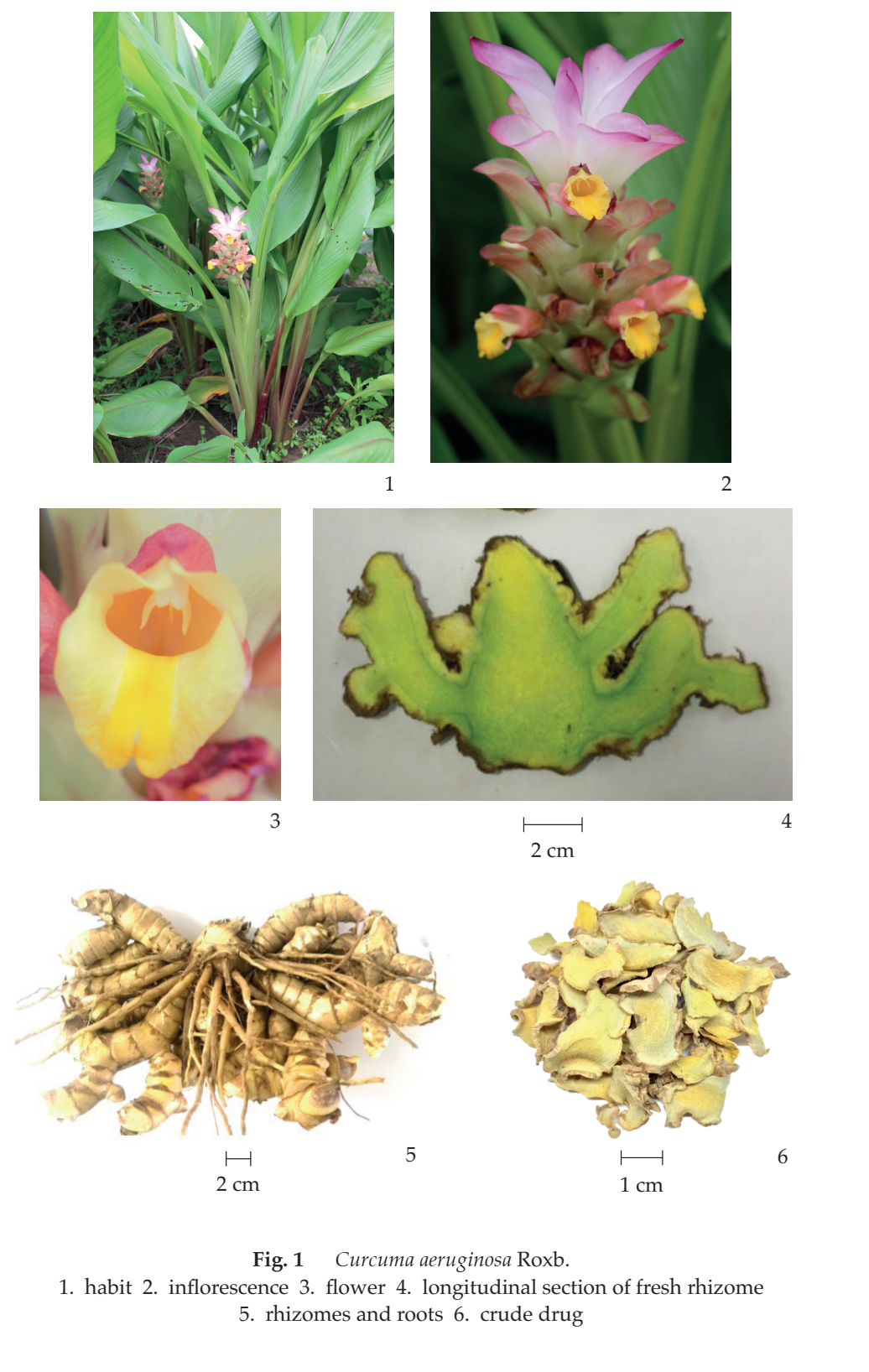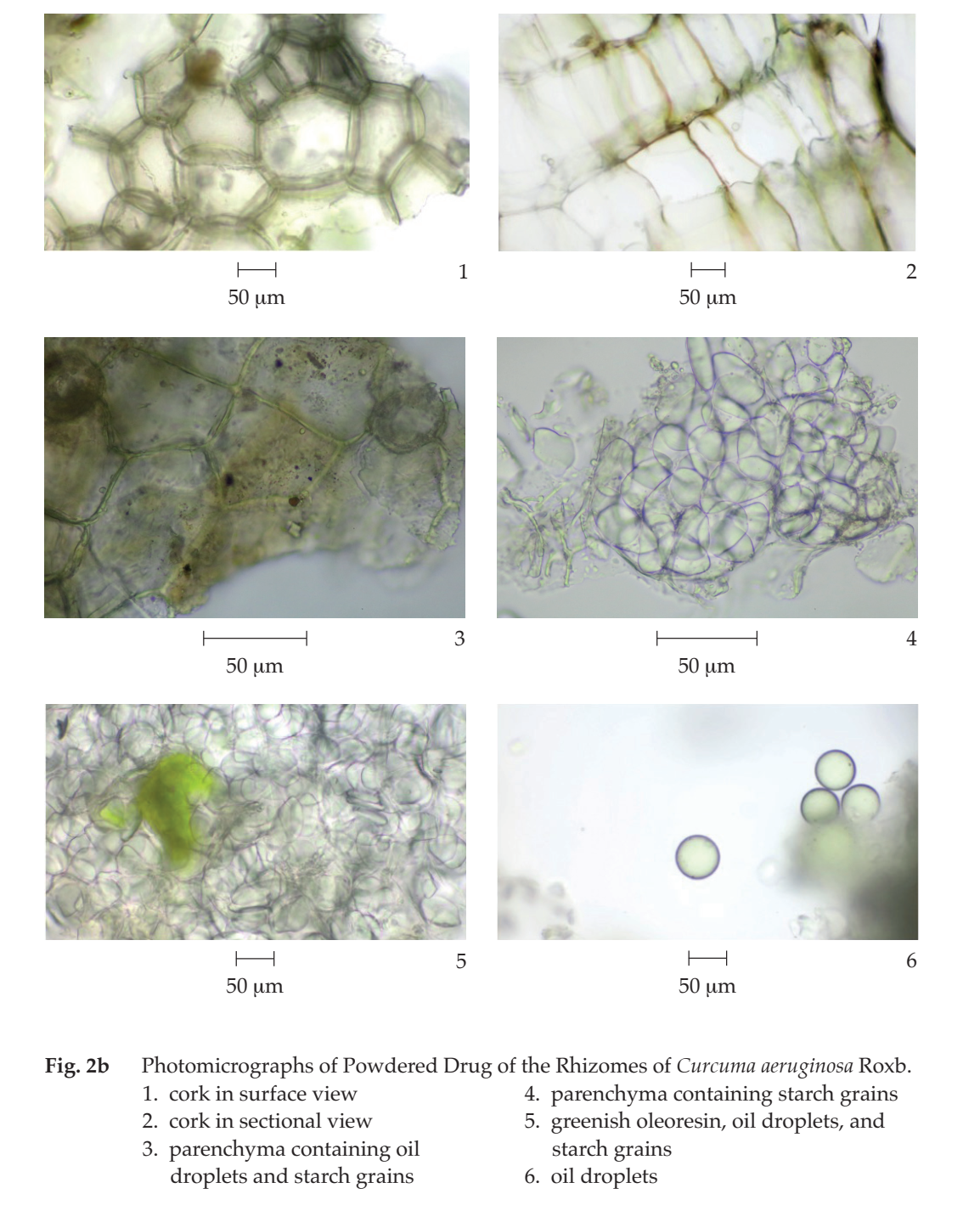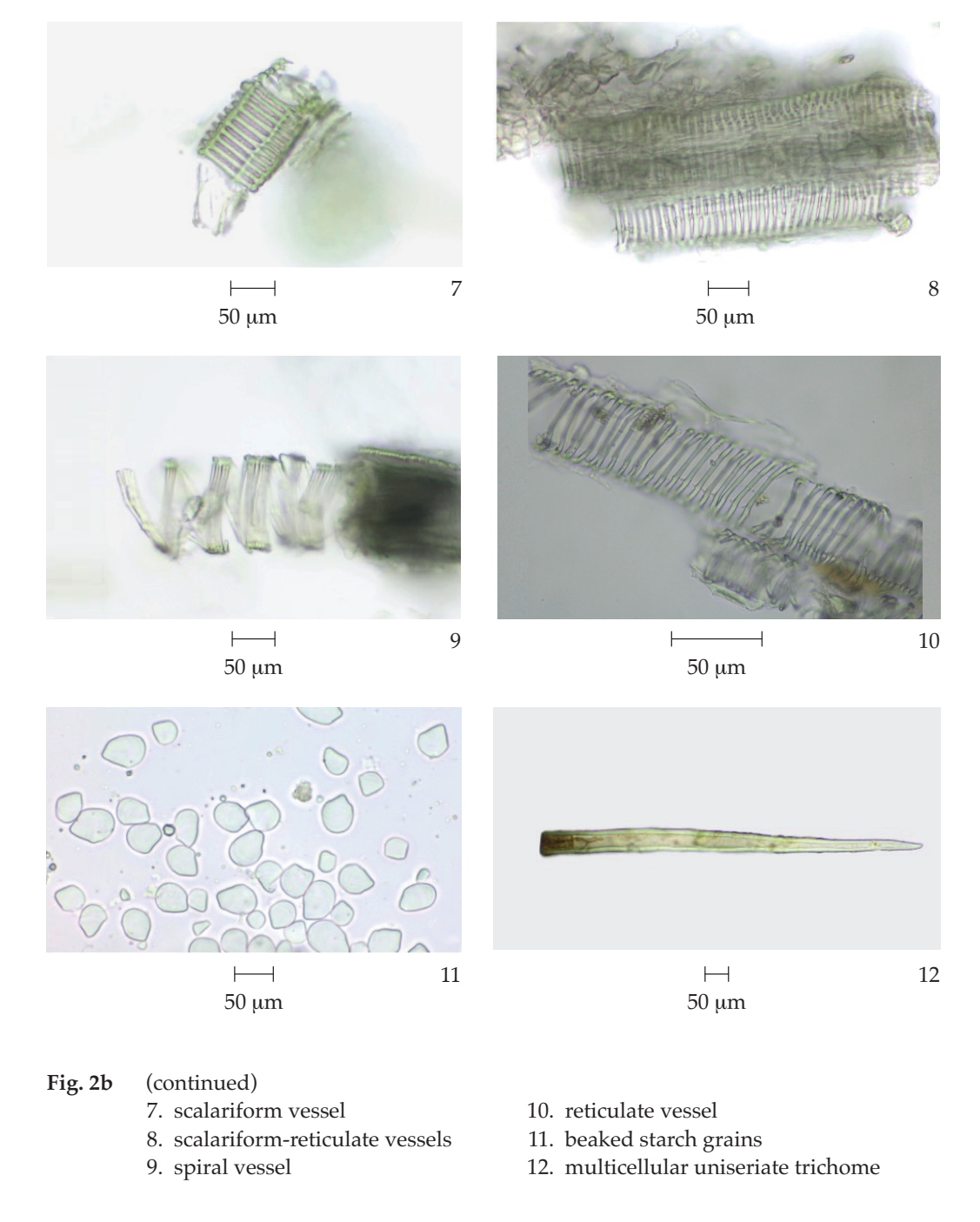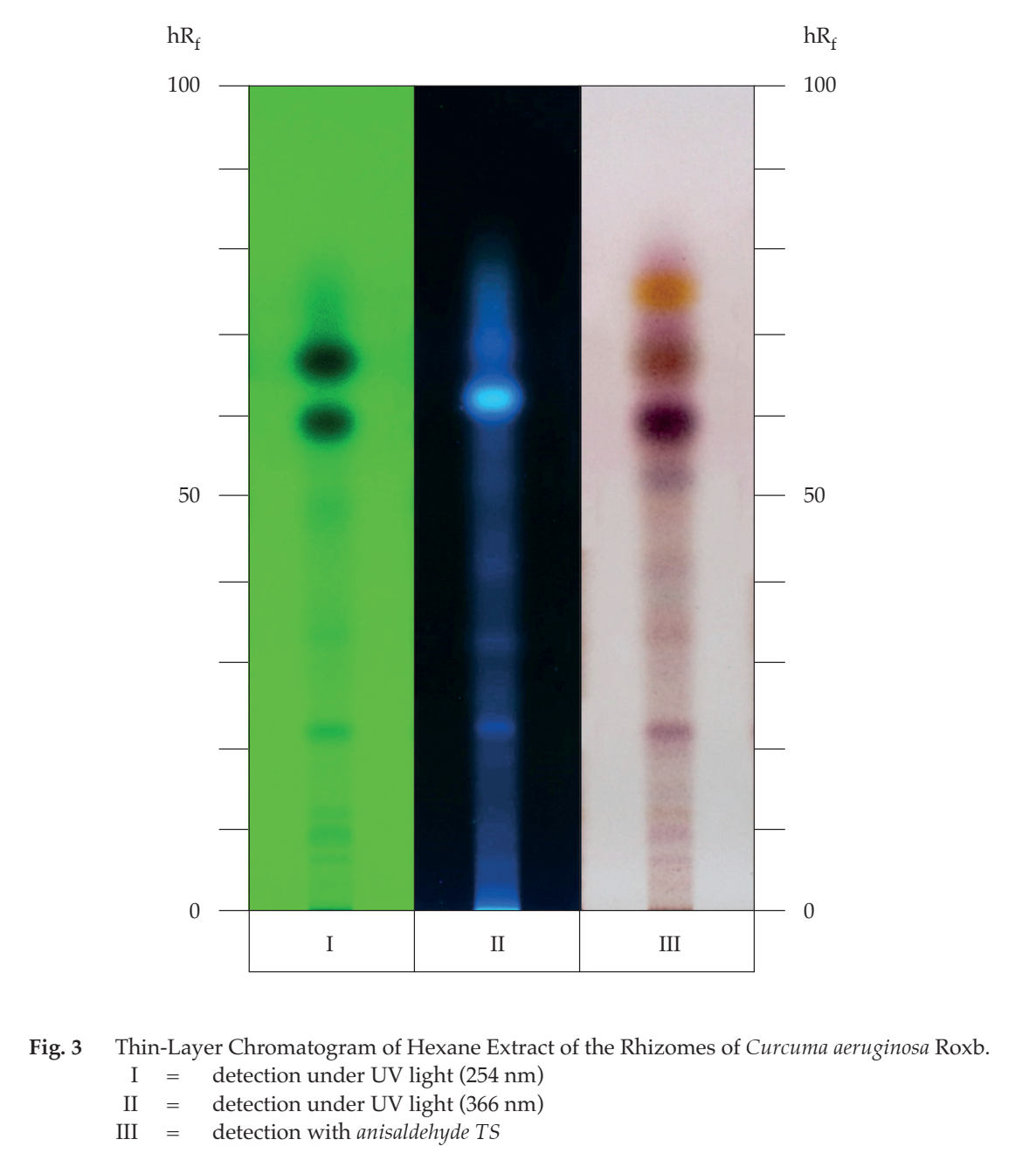ตำรามาตรฐานยาสมุนไพรไทย
Thai Herbal Pharmacopoeia
สำนักยาและวัตถุเสพติด กรมวิทยาศาสตร์การแพทย์ กระทรวงสาธารณสุข
Bureau of Drug and Narcotic, Department of Medical Sciences, Ministry of Public Health(Tinospora crispa (L.) Hook.f. & Thomson)
(Nelumbo nucifera Gaertn.)
(Centella asiatica (L.) Urb.)
(Centella Dry Extract)
(Centella Cream)
(Mesua ferrea L.)
(Piper sarmentosum Roxb.)
(Piper sarmentosum Roxb.)
(Pterocarpus santalinus L. f.)
(Santalum album L.)
(Senna tora (L.) Roxb.)
(Senna alata (L.) Roxb.)
(Senna Alata Tea)
(Piper retrofractum Vahl)
(Myristica fragrans Houtt)
(Andrographis paniculata (Burm. f.) Nees)
(Andrographis Capsules)
(Allium ascalonicum L.)
(Ocimum tenuiflorum L.)
(Curcuma longa L.)
(Turmeric Capsules)
(Turmeric Dry Extract)
(Turmeric Dry Extract Capsules)
(Arcangelisia flava (L.) Merr.)
(Curcuma sp.)
Harrisonia perforata (Blanco) Merr.
(Aristolochia pierrei Lecomte)
(Zingiber officinale Roscoe)
(Ginger Capsules)
(Ginger Tea)
(Cassia fistula L.)
(Nardostachys jatamansi (D. Don) DC.)
(Angelica sinensis (Oliv.) Diels)
Artemisia annua L.
(Ligusticum sinense Oliv. cv. Chuanxiong)
(Neopicrorhiza scrophulariiflora Pennell)
(Atractylodes lancea (Thunb.) DC.)
(Aucklandia lappa Decne)
(Terminalia chebula Retz.)
(Angelica dahurica (Hoffm.) Benth. & Hook. f. ex Franch. & Sav. var. dahurica)
(Kaempferia parviflora Wall. ex Baker)
(Hibiscus sabdariffa L.)
(Roselle Tea)
(Allium sativum L.)
(Zingiber zerumbet (L.) Sm.)
(Wurfbainia testacea (Ridl.) Škorničk.& A. D. Poulsen)
(Cannabis sativa L.)
(Myristica fragrans Houtt)
(Dracaena cochinchinensis (Lour.) S. C. Chen)
(Ficus racemosa L.)
(Hyptis suaveolens (L.) Poit.)
Clerodendrum indicum (L.) Kuntze
(Phyllanthus emblica L.)
(Citrus hystrix DC.)
(Citrus hystrix DC.)
(Areca catechu L.)
(Momordica charantia L.)
Moringa oleifera Lam.
(Aegle marmelos (L.) Corrêa)
(Solanum trilobatum L.)
(Morus alba L.)
Gynostemma pentaphyllum(Thunb.)
Makino
(Clinacanthus nutans (Burm. f.) Lindau)
(Cissus quadrangularis L.)
(Mimusops elengi L.)
(Zingiber montanum (J. König) Link. ex A. Dietr.)
(Piper betle L.)
(Capsicum annuum L.)
(Capsicum Oleoresin)
(Capsicum Gel)
(Piper nigrum L.)
(Piper nigrum L.)
(Eurycoma longifolia Jack)
(Thunbergia laurifolia Lindl.)
(Piper wallichii (Miq.) Hand.-Mazz.)
Senna garrettiana (Craib) H. S. Irwin & Barneby
(Terminalia bellirica (Gaertn.) Roxb.)
(Terminalia chebula Retz.)
(Caesalpinia bonduc (L.) H. Roxb.)
(Tarlmounia elliptica (DC.) H. Rob., S. C. Keeley, Skvaria & R. Chan)
(Hog Creeper Vine Dry Extract Capsiles)
(Hog Creeper Vine Dry Extract)
(Brachypterum scandens (Roxb.) Miq.)
(Lepidium sativum L.)
(Nigella sativa L.)
(Cuminum cyminum L.)
(Foeniculum vulgare Mill.)
(Plantago ovata Forssk.)
(Pimpinella anisum L.)
(Carum carvi L.)
(Anethum graveolens L.)
(Trachyspermum ammi (L.) Sprague)
Albizia procera (Roxb.) Benth.
(Acorus calamus L.)
(Tiliacora triandra (Colebr.) Diels)
Cyanthillium cinereum (L.) H. Rob.
(Orthosiphon aristatus (Blume) Miq.)
Murdannia loriformis (Hassk.) R. S. Rao & Kammathy
(Capparis micracantha DC.)
(Chrysopogon zizanioides (L.) Roberty)
(Cyperus rotundus L.)
(Cannabis sativa L.)
(Syzygium aromaticum (L.) Merr. & L. M. Perry)
(Boesenbergia rotunda (L.) Mansf.)
(Acanthus ebracteatus Vahl)
(Acanthus ilicifolius L.)
(Kaempferia galanga L.)
(Curcuma comosa Roxb.)
Betula alnoides Buch.-Ham. ex D. Don
Cannabis sativa L.
Carthamus tinctorius L
Mitragyna speciosa (Korth.) Havil
Mallotus repandus (Rottler) Müll. Arg
Azadirachta indica A. Juss. var. siamensis Valeton
Azadirachta indica A. Juss. var. siamensis Valeton
Punica granatum L.
Rhinacanthus nasutus (L.) Kurz
Baliospermum solanifolium (Burm.) Suresh
Curcuma aeruginosa Roxb
Boesenbergia kingii Mood & L. M. Prince
Senegalia rugata (Lam.) Britton & Rose
Acacia concinna (Willd.) DC.
Senegalia rugata (Lam.) Britton & Rose
Acacia concinna (Willd.) DC.
Senna alexandriana Mill. var. alexandriana
Cassia acutifolia Delile, Cassia angustifolia Vahl
Butea superba Roxb. ex Willd.
[Plaso superba (Roxb. ex Willd.) Kuntze, Rudolphia superba (Roxb. ex Willd.) Poir.
Pueraria candollei Graham
ex Benth. var. mirifica (Airy Shaw & Suvat.) Niyomdham
Streblus asper Lour.
Suregada multiflora (A. Juss.) Baill. (Gelonium
multiflorum A. Juss.
Curcuma Aeruginosa Rhizome is the dried rhizome of Curcuma aeruginosa Roxb. (Family Zingiberaceae), Herbarium Specimen Number: DMSC 5335, Crude Drug Number: DMSc 1234.
Constituents Curcuma Aeruginosa Rhizome contains a volatile oil, of which germacrone, curzerenone, camphor, and 1,8-cineole are its major components. It also contains other terpenoids, flavonoids, etc.
Description of the plant (Fig. 1) Perennial herb, clumped, leafy shoot 0.8 to 1.6 m tall; rhizome subrounded, ovoid or obovoid, 4 to 12 cm long, 2 to 5 cm wide, younger rhizome yellow at tip and covered with pinkish yellow sheath, older one brownish with prominent nodes; internally separated into three parts, outermost whitish, next blue to bluish purple, central greenish blue, branched with rootstocks arranged oppositely, 2 to 3 on each side. Leaves about 11 per pseudostem, simple, alternate, obovate-lanceolate, 30 to 75 cm long, 12 to 17 cm wide, green with red patches on either side of midrib, upper part purplish, glabrous on both surfaces, apex acute, base cuneate, midrib stiff; petiole up to 20 cm long, glabrous; leaf-sheath puberulous outside, green with red streak; ligule membranous, bi-lobed, unequal, 1 to 2 mm long. Inflorescence terminal spike, arising from rhizome, 45 to 65 cm long; scape 30 to 50 cm long; bract ovate to lanceolate, apex acute, 4.5 to 5 cm long, 2.5 to 3 cm wide, greenish with pinkish streak at apex, puberulous on both surfaces; coma bract narrow, obovate to oblanceolate, 4.5 to 5.3 cm long, 1.5 to 2.3 cm wide, with gradient purplish red from apex to base, puberulous on both surfaces. Flowers in cincinnus of 2 to 3 florets, in axile of bracts; bracteole ovate to oblanceolate with side inflexed, 1.8 to 2.2 cm long, 0.8 to 1 cm wide, puberulous with dense hairs at tip ridge, translucent white, apex rounded; calyx tubular, split downward one side, 1.2 to 1.5 cm long, 0.9 to 1.1 cm wide, apex 3-lobed, subequal, lateral lobe apiculate, mid-lobe truncate and slightly shorter, sparsely hairy along ridges and tips; corolla tube 2 to 2.5 cm long, puberulous, with hair-ring in throat, lower half white, upper half red, lobes red, 0.8 to 1.4 cm long, 0.6 to 1.2 cm wide; dorsal lobe concave, hooded, apex acute-mucronate, hairy; lateral lobes shallowly concave, apex rounded, glabrous; staminode pale yellow, rectangular, 1.3 to 1.4 cm long, 6 to 7 mm wide, apex truncate; labellum 1.2 to 1.6 cm long, 1.4 to 1.8 cm wide, 3-lobed, mid-lobe retuse, with glandular hair alongside of yellow mid-band; filament flat; theca about 4.5 mm long; crest less than 1 mm long, apex rounded; spur flat, triangular, point downwards, apex acuminate, about 2.5 mm long; ovary 3-lobed, barrel-shaped, 3.5 to 4 mm long, densely hairy; stylode cylindric, apex acute, about 2.5 mm long; stigma 2-lobed, laterally opened, ciliate, about 1.5 mm wide. Fruits hanging in group, ovate-triangular. Seed rounded, covered with whitish transparent aril.
Description Odour, aromatic; taste, slightly bitter.
Macroscopical (Fig. 1) Transverse and/or longitudinal slices varied in shape and size, 2 to 6.5 mm thick, externally light brown; cutting surface smooth or rough, easily broken, yellowish brown to brown.




Microscopical (Figs. 2a, 2b) Transverse section of the rhizome shows epidermis, storied cork, parenchyma, pseudoendodermis, and vascular bundle. Epidermis: a layer of rectangular cells with unicellular trichomes. Storied cork: several layers of suberized thin-walled rectangular cells. Parenchyma: thin-walled cells containing numerous starch grains, some with greenish oleoresin and/or yellow oil droplets. Pseudoendodermis: 1 to 2 layers of rectangular parenchyma. Vascular bundle: collateral and scattered; vessels, spiral, scalariform, scalariform-reticulate, and reticulate.
Curcuma Aeruginosa Rhizome in powder possesses the diagnostic microscopical characters of the unground drug. Greenish oleoresin with oil droplets, and typical spiral vessels are characteristic. Parenchyma containing beaked starch grains showing eccentric lamella can be found in abundance. Storied cork, non-lignified scalariform, and reticulate vessels can also be observed.
Packaging and storage Curcuma Aeruginosa Rhizome shall be kept in well-closed containers, preferably of metal or glass, protected from light and stored in a cool and dry place.
Identification
A. To 1 g of the sample, in No. 250 powder, add 30 mL of water and heat on a water-bath for 20 minutes. Immediately filter through a plug of cotton wool and allow the filtrate to cool. Shake 5 mL of the filtrate with 2 mL of chloroform for 2 minutes. Separate the chloroform layer, transfer 1 mL of this layer to a test-tube, and slowly add a few drops of sulfuric acid to form a layer: a reddish brown ring forms at the zone of contact.
B. Boil 1 g of the sample, in No. 250 powder, with 20 mL of water. Allow to cool and filter. Evaporate 10 mL of the filtrate to dryness and add 1 mL of vanillin-sulfuric acid TS1: a purple colour develops.
C. Carry out the test as described in the “Thin-Layer Chromatography” (Appendix 3.1), using silica gel GF254 as the coating substance and a mixture of 60 volumes of hexane and 40 volumes of ethyl acetate as the mobile phase. Apply to the plate as a band of 8 mm, 5 µL of the test solution, prepared by refluxing 1 g of the sample, in No. 250 powder, with 25 mL of hexane for 15 minutes and filtering. Evaporate the filtrate to dryness and dissolve the residue in 1 mL of methanol. After removal of the plate, allow it to dry in air and examine the plate under ultraviolet light (254 nm), marking the quenching bands. Subsequently examine the plate under ultraviolet light (366 nm); five blue fluorescent bands are observed. Spray the plate with anisaldehyde TS and heat at 105° for 5 minutes. One yellowish orange and nine purple bands are observed (Fig. 3).
Water Not more than 11.0 per cent v/w (Azeotropic Distillation Method, Appendix 4.12).
Foreign matter Not more than 2.0 per cent w/w (Appendix 7.2).
Acid-insoluble ash Not more than 1.0 per cent w/w (Appendix 7.6).
Total ash Not more than 8.0 per cent w/w (Appendix 7.7).
Ethanol-soluble extractive Not less than 5.0 per cent w/w (Appendix 7.12).
Water-soluble extractive Not less than 14.0 per cent w/w (Appendix 7.12).
Volatile oil Not less than 1.0 per cent v/w, calculated on the anhydrous basis (Appendix 7.3H). Use 10 g, in No. 250 powder, freshly prepared and accurately weighed. Use 200 mL of water as the distillation liquid and a 500-mL round-bottomed flask. Distil at a rate of 2 to 3 mL per minute for 5 hours. Use 2.0 mL of xylene in the graduated tube.
